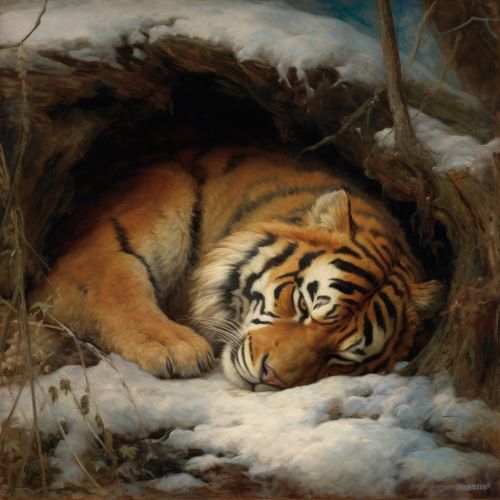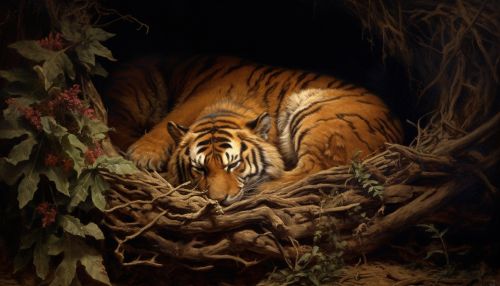The Biological Mechanisms of Animal Adaptation to Climate Change
Introduction
Climate change is a significant and lasting change in the statistical distribution of weather patterns over periods ranging from decades to millions of years. It may be a change in average weather conditions, or in the distribution of weather around the average conditions (i.e., more or fewer extreme weather events). Climate change is caused by factors such as biotic processes, variations in solar radiation received by Earth, plate tectonics, and volcanic eruptions. Certain human activities have also been identified as significant causes of recent climate change, often referred to as global warming. Learn more about Climate Change


Biological Mechanisms of Adaptation
Adaptation in the face of climate change is a critical aspect of survival for all organisms. In the animal kingdom, this can take on a variety of forms, from physiological changes to behavioral shifts. These adaptations are driven by a range of biological mechanisms, which are the focus of this article.
Physiological Adaptations
Physiological adaptations are changes in an animal's internal body functions, such as metabolism, heart rate, and respiration. These changes are often in response to changes in the environment, such as temperature, humidity, and food availability. For example, some animals have developed the ability to enter a state of hibernation when food is scarce, slowing their metabolism and reducing their need for sustenance.


Behavioral Adaptations
Behavioral adaptations are changes in an animal's behavior in response to changes in the environment. This can include changes in feeding habits, migration patterns, and mating behaviors. For example, many bird species have altered their migration routes and timings in response to changes in temperature and food availability caused by climate change.


Morphological Adaptations
Morphological adaptations are changes in an animal's physical structure or appearance. These can include changes in size, shape, color, and the development of new physical features. For example, some species of fish have developed larger gills to cope with lower oxygen levels in warmer waters caused by climate change.


Genetic Mechanisms of Adaptation
Genetic mechanisms play a crucial role in animal adaptation to climate change. These mechanisms can lead to changes in the genetic makeup of a species, allowing them to better cope with changing environmental conditions.
Genetic Variation
Genetic variation is the difference in DNA among individuals or populations. It is the raw material for evolution and adaptation. Genetic variation can occur through mutations, genetic recombination, and gene flow. It is this variation that allows species to adapt to changing environments, including those caused by climate change.


Natural Selection
Natural selection is the process by which certain traits become more or less common in a population due to their impact on the survival and reproduction of their bearers. In the context of climate change, traits that enhance an animal's ability to survive and reproduce in a changing environment will become more common over time.


Evolutionary Rescue
Evolutionary rescue is a concept in evolutionary biology that refers to the possibility that a population facing a lethal environmental change can avoid extinction by rapidly evolving to adapt to the new environment. This rapid evolution is made possible by genetic variation and natural selection.


Case Studies
Several case studies illustrate the biological mechanisms of animal adaptation to climate change. These include the Red Fox, the Atlantic Cod, and the Monarch Butterfly.
Red Fox
The Red Fox has expanded its range northward in response to warming temperatures, a behavioral adaptation. This expansion has been facilitated by physiological adaptations, such as changes in fur density and color to cope with the colder northern climates.


Atlantic Cod
The Atlantic Cod has shown morphological adaptations to warming ocean temperatures, including changes in body size and shape. These changes have been driven by genetic mechanisms, including genetic variation and natural selection.


Monarch Butterfly
The Monarch Butterfly has altered its migration patterns in response to climate change, a behavioral adaptation. This change has been facilitated by physiological adaptations, such as changes in metabolism and energy storage.


Conclusion
Climate change presents significant challenges to the survival of many animal species. However, through a variety of biological mechanisms, including physiological, behavioral, and genetic adaptations, many species are finding ways to cope with these changes. Understanding these mechanisms is crucial to predicting the impacts of climate change on biodiversity and to developing strategies to conserve species in a changing world.


